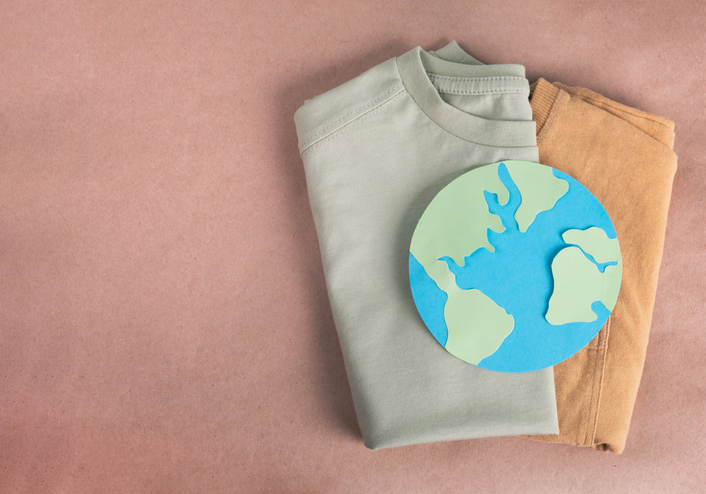UN reports fashion sector must make more progress on climate action

UN REPORTS FASHION SECTOR MUST MAKE MORE PROGRESS ON CLIMATE ACTION
A new report by the United Nations Climate Change and
CDP states that the fashion industry has made progress on climate action but
still has a long way to go.
Signatories of
the Fashion Industry Charter for Climate Action are making promising strides,
according to a new report by UN Climate Change
and CDP.
The report looks at three
years of reporting from companies in the Fashion Charter as to how they are
meeting or failing their climate commitments.
Charter members are expected
to publicly report progress against interim and long-term targets annually, via CDP,
a not-for-profit charity.
What key climate action
improvements have Fashion Charter members made?
·
Compliance with
basic reporting standards, as 89% of companies in the Fashion Charter have
publicly reported on their progress
·
Signatories
disclosing total consumption sourced from renewable energy has nearly doubled
from 2021 to 2022. This marks an 88% increase in transparency since the first
reporting year (2020).
·
Signatories are
increasingly calculating and reporting their Scope 3 emissions (emissions that
occur in a company’s value chain but are not directly controlled by the
company).
·
In 2022, 80% of
signatories indicated they engage their supply chains on climate-related
issues. This demonstrates a 20% increase in overall supplier engagement.
·
The number of
signatories who have set a measurable 100% renewable energy target for their
operations by 2030 increased from 18% to 42% between 2020 and 2022.
·
In 2022, 26% of
companies reported engaging with policymakers on climate-related issues and
influencing policy, law, or regulation.
However, the report also
highlights that some companies are falling short in their efforts to drive down
emissions. In addition, 30% of Fashion Charter members are not reporting their
energy consumption.
Lindita Xhaferi-Salihu, sector
engagement lead with UN Climate Change, states: “It’s critical for the fashion
industry to come together and align its actions, both within individual
companies and across the entire supply chain, to pave the way for the sweeping
changes that are needed to address the climate crisis.”
Sonya Bhonsle, global head of
value chains and regional director corporations at CDP, comments: “CDP
encourages all signatories to align to a 1.5 future and publicly report plans
and progress towards achieving it. They must also address their interconnected
water security and deforestation impacts in their mitigation efforts. “
The Fashion Charter was set up with
the support of UN Climate Change in 2018 to provide a pathway for
the industry to achieve net-zero emissions by 2050. This is in line with global
efforts to limit warming to 1.5C.
Other commitments in the
Charter include sourcing 100% of electricity from renewable sources by 2030,
sourcing of environmentally friendly raw materials, and phasing out coal from
the supply chain by 2030.
By Just Style
